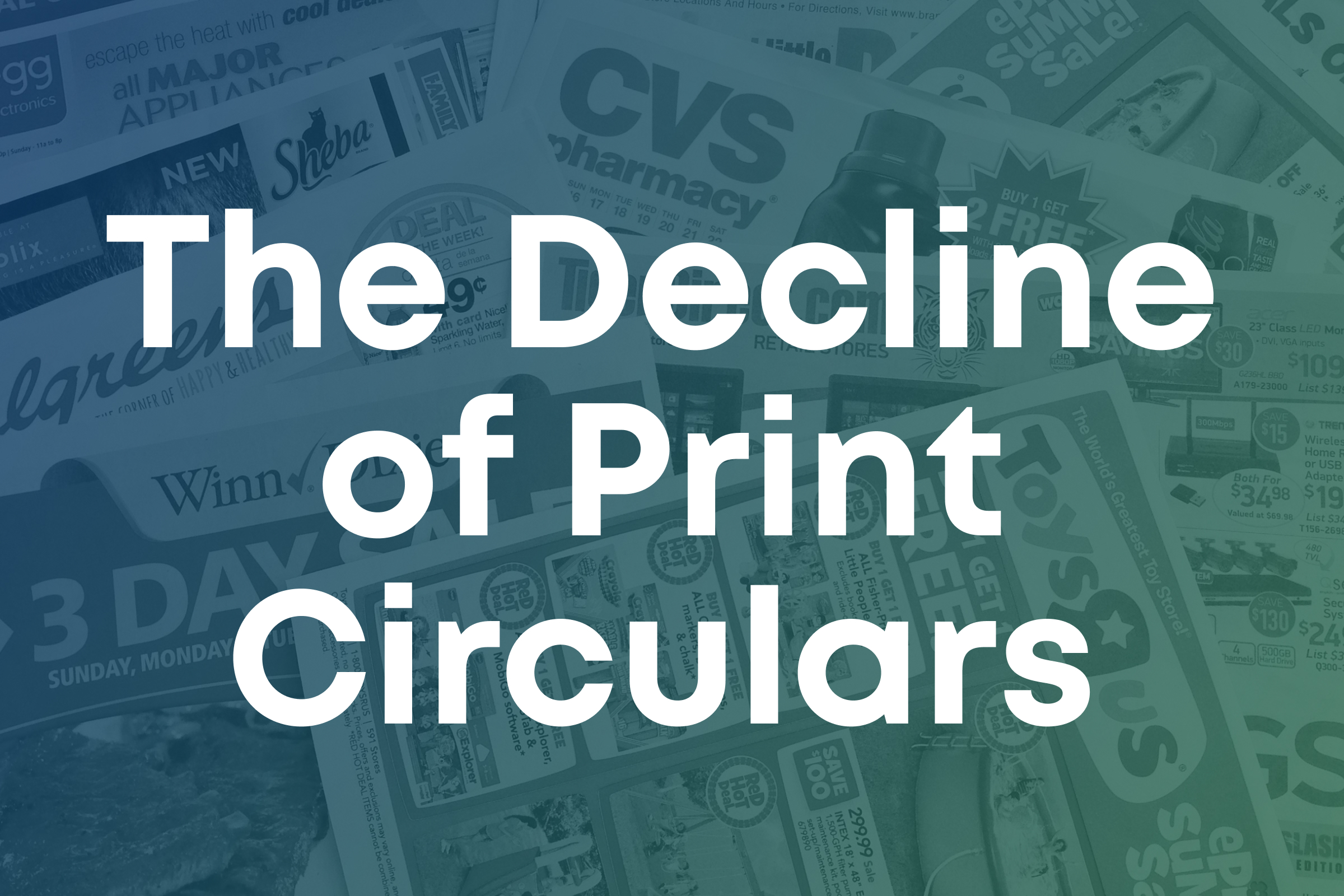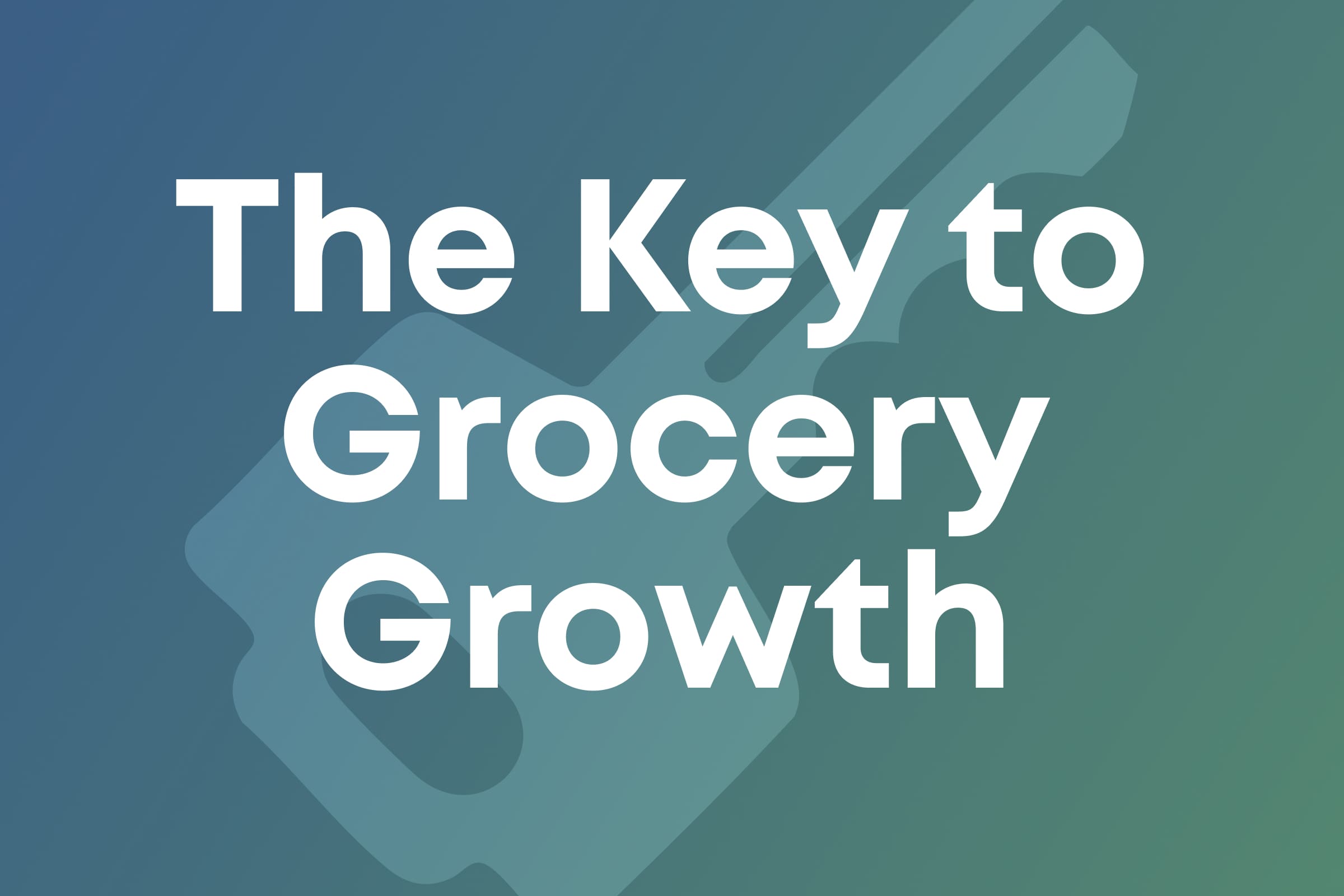Grocery Retail Online and In-Store Delivers Success
Henry Kim
A New York Times article written in September of 2020 highlights the ways grocery shopping changed during the pandemic. Two of the biggest changes? Trips to the store became rare, and online aisles bustled.
Before the pandemic, 19% of Americans shopped for food in person more than three times per week according to a study by McKinsey & Company. By June of 2020, that number had dropped to 10%. As COVID-19 raged and people feared contracting the virus at the grocery store, people shopped in-person as little as possible. When they did make the trip, they were armed with long lists and a sense of purpose.
Or, in many cases, shoppers didn’t go to the grocery store at all. In a Gallup survey conducted in 2019, 81% of shoppers said they never bought groceries online, and online grocery sales made up only 2% of all grocery purchases – about $1.2 billion. By June of 2020, online grocery sales hit $7.2 billion between platforms like Amazon Prime, Walmart, and Instacart. People all over the country were ordering groceries from their couches instead of meandering through aisles.
With vaccinations and increased testing abilities, the pandemic is slightly less threatening, and people are beginning to spill into stores once again. But grocery shopping has not – and likely never will – get back to pre-pandemic “normalcy.” In fact, the National Retail Federation anticipates that digital retail sales will grow up to 8.2% in 2021, reaching $4.33 trillion. In other words, digital grocery shopping isn’t going away anytime soon.
So what does this mean for grocery retailers? In order to compete with the Amazon, Walmart’s, and Instacart’s of the grocery industry, brick-and-mortar stores have to keep up with the digital commerce trend.
Here’s how.
The Key to Grocery Retail Success? Combining Online and In-Store Experience
Make the In-Store Experience Special
Despite the rise in digital retail, people don’t want to stop shopping in-store altogether. According to the State of Consumer Behavior 2021 report, 33% of shoppers actually still prefer the in-store experience; they like to view, touch, and interact with physical products. Twenty-six percent of shoppers, too, enjoy the overall shopping experience and 13% like the immediacy that shopping in-store provides.
Therefore, brick and mortar retailers are still in the game. What’s important, now, is making that in-store experience special, so that shoppers are incentivized to get off their couches and walk through your doors.
Digitize the In-Store Experience
The answer? Digitization. Shoppers are craving both online and in-person experiences, and with Swiftly, you can give them both. With a Swiftly-powered app for your brick and mortar retailer, you can deliver shoppers a mobile platform that closes the grocery store loop, standing by them through the pre-purchasing, purchasing, and post-purchasing stages of the shopping experience. This means:
Personalization
Shoppers want their grocery store to know them, just like Amazon does with its “Recommendations for you” or “Shop your past purchases.” They want their grocery store to understand the brands that they like and the types of foods that they eat.
A Swiftly-powered app uses first-party data to give your shoppers customized ads, push notifications, and coupons for the things they like to buy. Not only does this drive sales, but it builds meaningful relationships between your store and your shoppers – cultivating customer loyalty.
In-store navigation and Self-Check Out
Customers like to be in-and-out of the store as quickly as possible. Offering in-store navigation and self check-out can be a huge saving grace for a shopper who needs to make it to an appointment or get home with enough time to cook dinner.
A Swiftly-powered app offers both of these things. With in-store navigation, shoppers won’t have to spend time wandering aisles in search of their favorite pasta sauce; they’ll be able to bee-line straight to every item on their grocery list. And with Swiftly’s Swiftlane feature, shoppers won’t have to wait in long check-out lines; they’ll be able to scan items as they go through the store and pay directly through the platform. This makes for an easy, quick, and efficient in-store shopping experience.
It’s no secret that brick and mortar retailers have fallen behind in the pandemic era. But Amazon and alike haven’t won yet; with an app that combines the best parts of the in-store and online shopping experiences, brick and mortar stores are positioned to make a comeback.
Ready to get the key to grocery retail success? Contact Swiftly.





